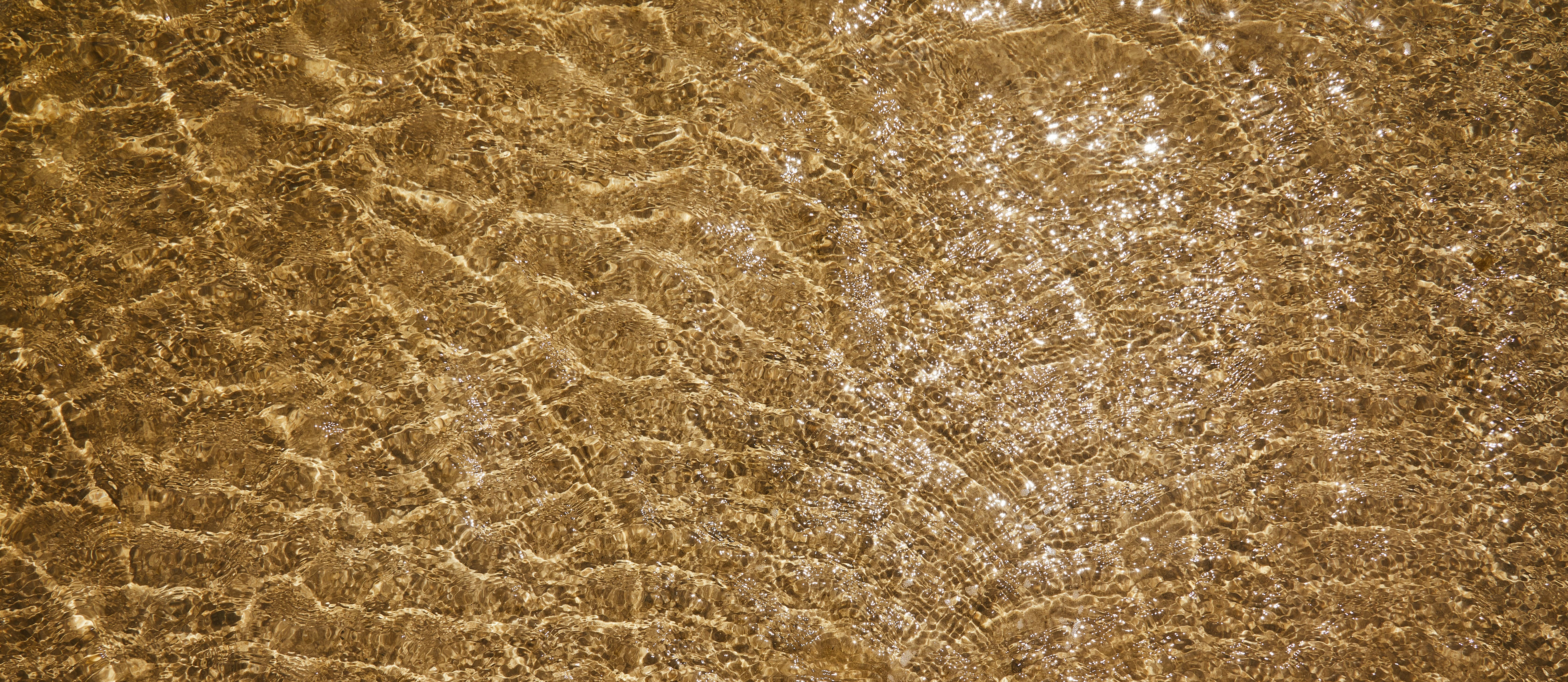Hummingbee
It appears this article is a stub! Alert the author if you'd like to see it expanded.
This article is a work in progress! Expect more content to be added.
This article was created for my Species-A-Day project for 2024! Read more here!
Humingbees are a coastal species of bee. They make their nests in trees with high water content, particularly those that grow in salt water - which they rely on for their hive. Humingbees live in smaller-than-average hives and communities compared to other bees,
Basic Information
Anatomy
Hummingbees are small, winged insects. They have black and white stripes, with brown speckles across their bodies. The core of their bodies is coated in tiny hairs, which keep the insects warm and protected from environmental dangers. The bees' wings are capable of withstanding water, able to be tucked into their hairs if they are submerged. This allows them to collect nectar from coastal marine flowers, such as the moonblossom flower, as well as terrestrial flowers growing on land.
Hummingbees are the genetic ancestors of the bumblefish, the species' aquatic counterpart. The two species are able to produce offspring, though this offspring is sterile almost 99% of the time - or infertile, at best. Hummingbees and bumblefish occasionally interact, though not very often in the wild; it is much more likely for the two species to come into contact with one another within a scientist's lab.
Hummingbees are the genetic ancestors of the bumblefish, the species' aquatic counterpart. The two species are able to produce offspring, though this offspring is sterile almost 99% of the time - or infertile, at best. Hummingbees and bumblefish occasionally interact, though not very often in the wild; it is much more likely for the two species to come into contact with one another within a scientist's lab.
Uses & Byproducts
Hummingbees produce a form of marine honey, a salty and sweet, highly viscous substance they produce within their hives. It is made with flower nectar, broken down into sugars and stored within a hive. Much of the hive's structure is maintained by a wax-like substance, which could have a use outside of the hive - though it is rarely harvested.
Agnes Placeholder by notahumanhand
Genetic Descendants
Body Tint, Colouring and Marking
The specks on a hummingbee are most often brown, but can be found in other colours, such as green, teal, or orange. These brighter colours are found more often in males, and believed to be a genetic mutation.




They sound absolutely adorable. I like that they are a little waterproof so they can harvest coastal marine flowers.
Explore Etrea | March of 31 Tales
thank you xD